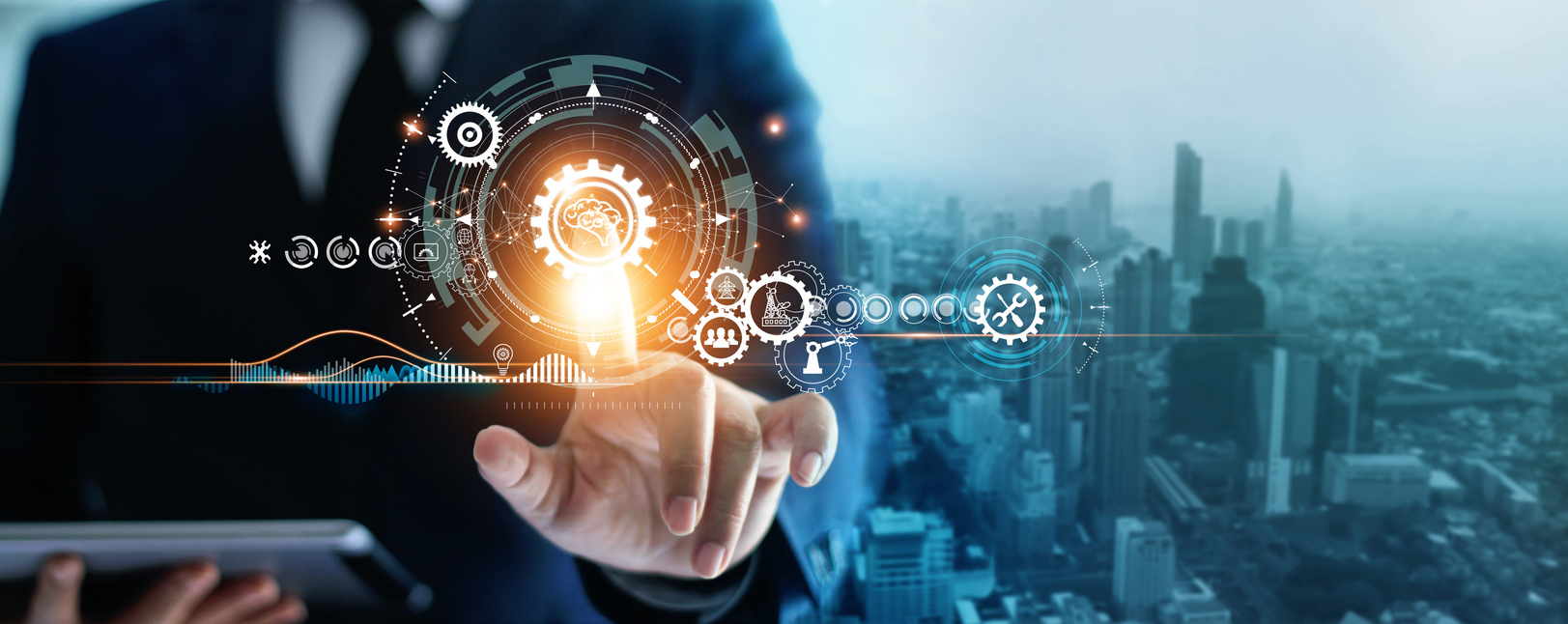Inflation and Unemployment Both Receive Good News: What Does It Mean and Can It Last?
Unemployment and inflation numbers are both lower. How can borrowers take advantage?

Recent reports suggest an improving economy
iStock
Inflation and unemployment reports are solid. Recent reports have brought encouraging news on two critical fronts of the economy, including inflation and unemployment. Both indicators have shown improvement.
On Oct 4, the unemployment rate fell to 4.1%, down from 4.2% a month ago, while the rate of inflation dropped to 2.53%, down from an annual high of 3.48% in March.
While still above the Fed’s target rate of 2%, it’s definitely an improvement.
However, information within the reports poses interesting questions about the relationship between unemployment and inflation and whether these positive trends are sustainable in the long term.
Understanding the Link Between Inflation and Unemployment
The Phillips Curve theory and concept illustrates the relationship between unemployment and inflation. The economic model shows an inverse relationship between the two. Meaning that as unemployment rates decrease, inflation tends to increase, and vice versa. The theory suggests that when unemployment is high, there is less demand for goods and services, which reduces inflation as businesses do not feel pressured to raise prices.
On the other hand, full employment, or very low unemployment, usually leads to higher inflation. This happens because more people are employed and have more disposable income available to them, increasing demand for goods and services, which can push prices up. This relationship is pivotal, if not confusing, in explaining the influences regarding economic policies, including those enacted by central banks like the Federal Reserve.
Recent Trends in Unemployment and Inflation
The recent reports indicating simultaneous declines in both inflation rates and unemployment rates present an unusual but somewhat predictable scenario. The unique situation has been influenced partly by extraordinary factors such as the COVID-19 pandemic, which drastically altered economic activities, the labor market, and consumer behavior globally, from which we’re still recovering. The pandemic initially led to high unemployment rates, but various fiscal measures and a robust recovery strategy have significantly reversed this trend.
The positive news is likely to mean additional cuts in the interest rate set by the Federal Reserve Bank as conditions improve. However, we shouldn’t expect the significant 0.50% drop we saw last month and instead may see smaller cuts of 0.25% as the economy continues to improve.
How Are Inflation and Unemployment Related Today?
The current relationship between inflation and unemployment may also reflect changes in how we produce and consume goods and services. Technological advancements, increased use of automation, and the globalization of supply chains may have altered the traditional dynamics, possibly flattening the Phillips Curve. These factors can help explain why businesses have not needed to raise prices aggressively despite the tightening labor market.
Moreover, the Federal Reserve’s approach to managing interest rates has been crucial. By actively adjusting interest rates and providing clear guidance on future monetary policy, the Federal Reserve has helped manage expectations around inflation, which can influence business and consumer behavior profoundly.
Related news: Fed Drops Interest Rates, Here’s What You Need To Know
Can This Positive Trend Last?
Can these favorable conditions last? In the short term, it appears that careful monetary policy and ongoing economic recovery efforts may sustain these trends. However, there are several risks and variables at play.
The natural rate of unemployment is the rate of unemployment expected in a fully healthy economy. We might be witnessing an alteration that includes structural changes in the labor market, such as new technologies and shifts in the types of available jobs. However, that seems like a stretch.
On a global scale, uncertainty is high. Economic pressures, such as supply chain disruptions or geopolitical tensions, could reverse the gains achieved so far, as is often the case.
The answer, then, is that nobody is quite sure just yet.
Long Term Outlook
In the long term, the sustainability of low inflation and low unemployment will depend on several factors. These include the ability of the Federal Reserve to continue to respond effectively to changes in the economy, the impact of government fiscal policies, and external shocks like another global health crisis or the very real possibility of increased military activity in the Middle East and Ukraine.
Moreover, as the economy continues to evolve with advancements in technology and changes in global trade dynamics, the link between inflation and unemployment may also continue to evolve.
What Does It Mean?
The simultaneous improvement in both inflation and unemployment rates is undoubtedly good news for the economy, indicating robust recovery and effective policy measures. However, whether these trends are can last over the long term remains to be seen.
What Does It Mean for Borrowing and My Credit?
While the recent drop in interest rates is significant and shows signs of being a positive indicator for the economy overall, today’s news about the unemployment rate versus the interest rate is a bit of a mixed bag. The news means that the Fed is less likely to make further significant cuts to the interest rate. However, the general expectation is that smaller cuts will continue for the short term.
So, while the news is good regarding interest rate cuts from Powell and the new unemployment rate information, managing debt is still crucial to be able to take advantage of the improving economy. Now is an excellent time to consider reevaluating your finances and debt situation, especially as interest rates continue to decline and prices stabilize across the board.
Financial products to consider include:
- Personal loan solutions: Personal loans, such as those offered by Credible, offer quick cash for large or unexpected expenses. Personal loans typically offer lower interest rates than credit cards.
- Balance transfer credit cards: Take advantage of low introductory rates from the best balance transfer credit cards to consolidate and manage higher-interest card debts to help pay down debt.
- Consolidate high-interest debt into a low-APR loan: With recent interest rate cuts by the Federal Reserve, debt consolidation lenders are offering more competitive options. Lenders such as Upstart, LendingTree, and LendingClub offer attractive debt consolidation loans with flexible payment options.

